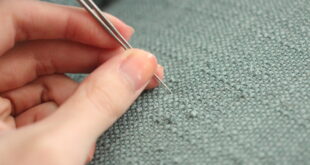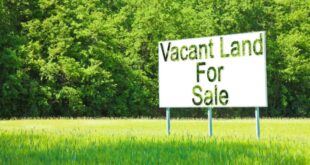
I’ve been trying to figure out what we want to do with the wood floors in the attic. If possible, I’d like to avoid sanding them down. I really like the patina they’ve developed over the decades, and I want to preserve the history of the floors as much as we can (we’ve found 3 more pieces of shrapnel since the last discovery). I’m also interested in using a traditional, natural finish that protects the wood, but is also really kind to it and doesn’t change the current color.
I’ve been asking around for a few weeks, and our friend Gjisbert brought up the idea of a soap finish. Soap as in soap + water. He said it’s very safe and natural, and gives a really soft finish, and that it’s easy to clean (you just used more soap).
I’d never heard of finishing floors with soap. It sounds like a folktale! His advice sent me down an internet rabbit hole on soap finished floors, and it turns out that in some parts of the world, it’s a very common and effective way to finish and protect wood floors. Here’s what I’ve found:
From what I can tell the typical term for this kind of finish in English is: Danish Soap Finish. And if you look it up, there are quite a few helpful tutorials on it (see my resource links below).
Soap finished floors are common throughout Scandinavia. I’ve also heard about these types of floors from several Dutch friends (The Netherlands is not a Scandinavian country, but it sure seems to have a lot of design and style overlap with Denmark, Sweden, Norway, and Finland). All those gorgeous white-wood floors you’ve seen in nordic-style photos? They were probably featuring a traditional soap-finish. The floors in the top photo? They were finished with soap.
Ideally, you’ll use natural soap flakes for the soap + water mixture. From what I can gather, bar soap or liquid soap does not seem to work for this kind of finish. I’m not totally sure where to find natural soap flakes in France (I think it might be called savon noire — black soap — here). I’m also a bit confused about whether or not all soap flakes will work. Apparently they need a high fat content, but should contain no added oils.
Lots of resources mention using a lye wash first, before you apply the soap finish. The lye wash lightens the wood. We’re not trying to lighten the wood in the attic, so we would be skipping that step.
I’ve also seen several mentions of using a white-tinted soap if you want to whiten the floors even more. Again, we’re not going for a white finish, we’re trying to preserve the existing finish, so we would want to use a non-white-tinted soap.
The soap is mixed with water to make a thick mixture — like a porridge. Then it’s applied to the wood. It’s not supposed to be so wet that it forms puddles; any puddles should be wiped up with a dry cloth. The soap soaks into the wood. Several layers should be applied — I’ve seen at least three layers recommended, and up to six.
If the finish is wearing down, you just reapply. To maintain or clean the wood between applications, you use the same soap and water, but a much thinner ratio.
The problem I’ve encountered is that the tutorials I’ve found in English are all for furniture instead of floors. And pretty much all tutorials, in every language, seem to be focused on new or newly-sanded wood — which is not the situation I’m dealing with. I would love to find some directions specific to old, unfinished, un-sanded floors. I have so many questions:
How should I clean and prep the floors? How much soap will I need? What kind of soap to water ratio is best for floors (as opposed to furniture)? What are the best techniques for applying the soap finish to floors — should I use a mop? Or get down on the floor and apply it by hand with rags? Do I need to remove excess soap between coats? Or polish/sand it between coats? How many coats should I apply? How long do the floors need to dry between coats?
Here are the best resources I’ve found so far:
–This video is very helpful. It’s a woodworker who makes a thick sort-of paste from the soap and rubs it into his furniture. If you’re going to try this, don’t use the bar of castille soap that he features in the video, this guy tried it and the bar soap didn’t work, he had to order soap flakes.
-Not in the mood for video? Here’s a blog post about soap finishes.
-And here’s an article about it on Popular Woodworking.
-Here are floor instructions in Danish (use Google to translate the page), and here is another article in Danish that seems to have a different variation.
-Here’s another good Danish article on how to apply the soap. Try a search for “ludbehandling” if you want to find more.
–This company sells wood floor planks that have been treated with lye and soap (the picture at top is theirs). You can also read about them on Remodelista.
I’m still trying to research this and get as much information as possible, so if you have seen any other helpful videos (in English) or articles (in any language), I’d love the links.
Have you ever tried a soap finish for your floors? Or do you know someone who has? If you’ve seen soap-finished floors up close, what did you think? Were they really as soft as they say? Does the idea of a soap finish appeal to you? Or does it sound like too much work? I’d love to hear.



